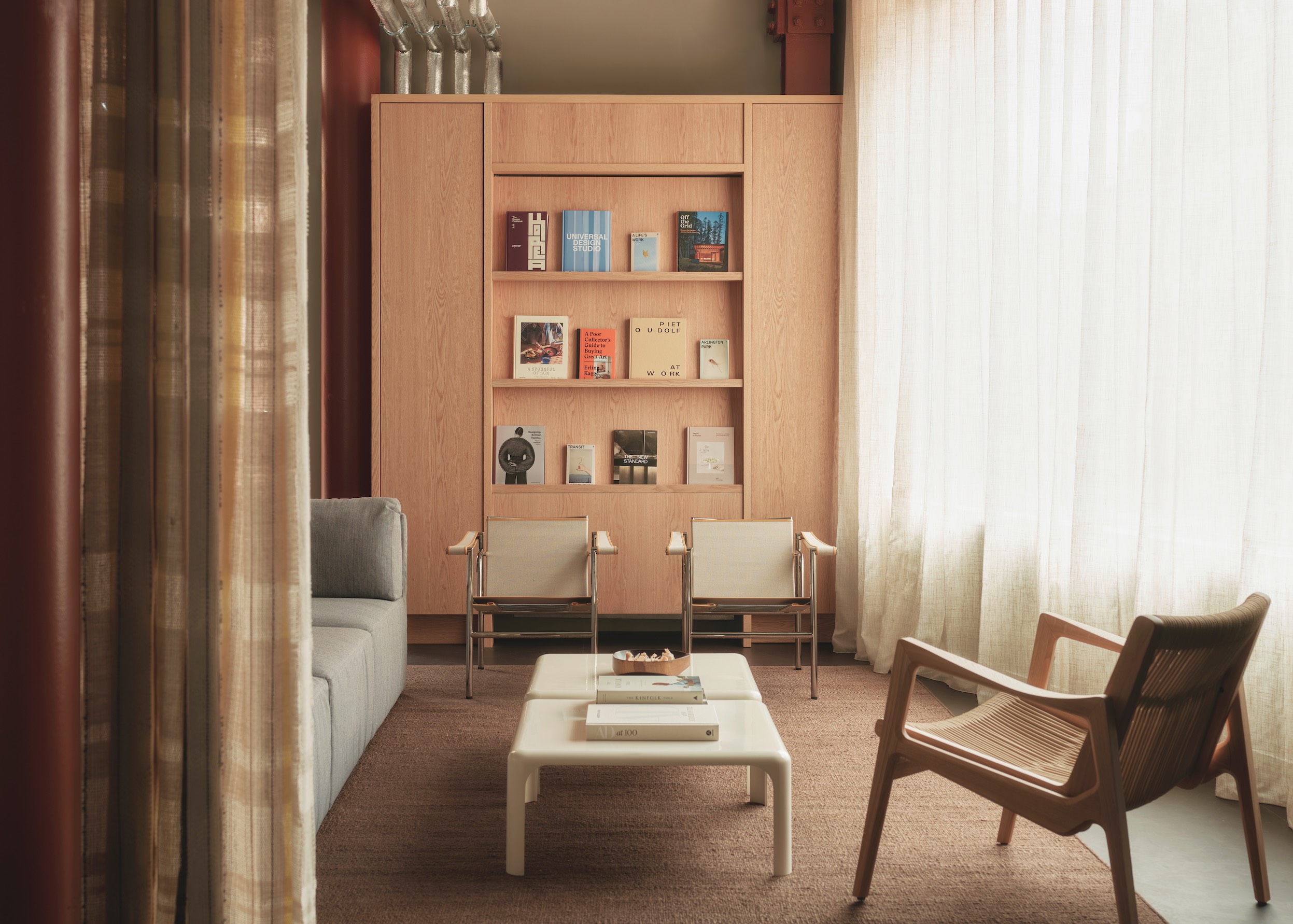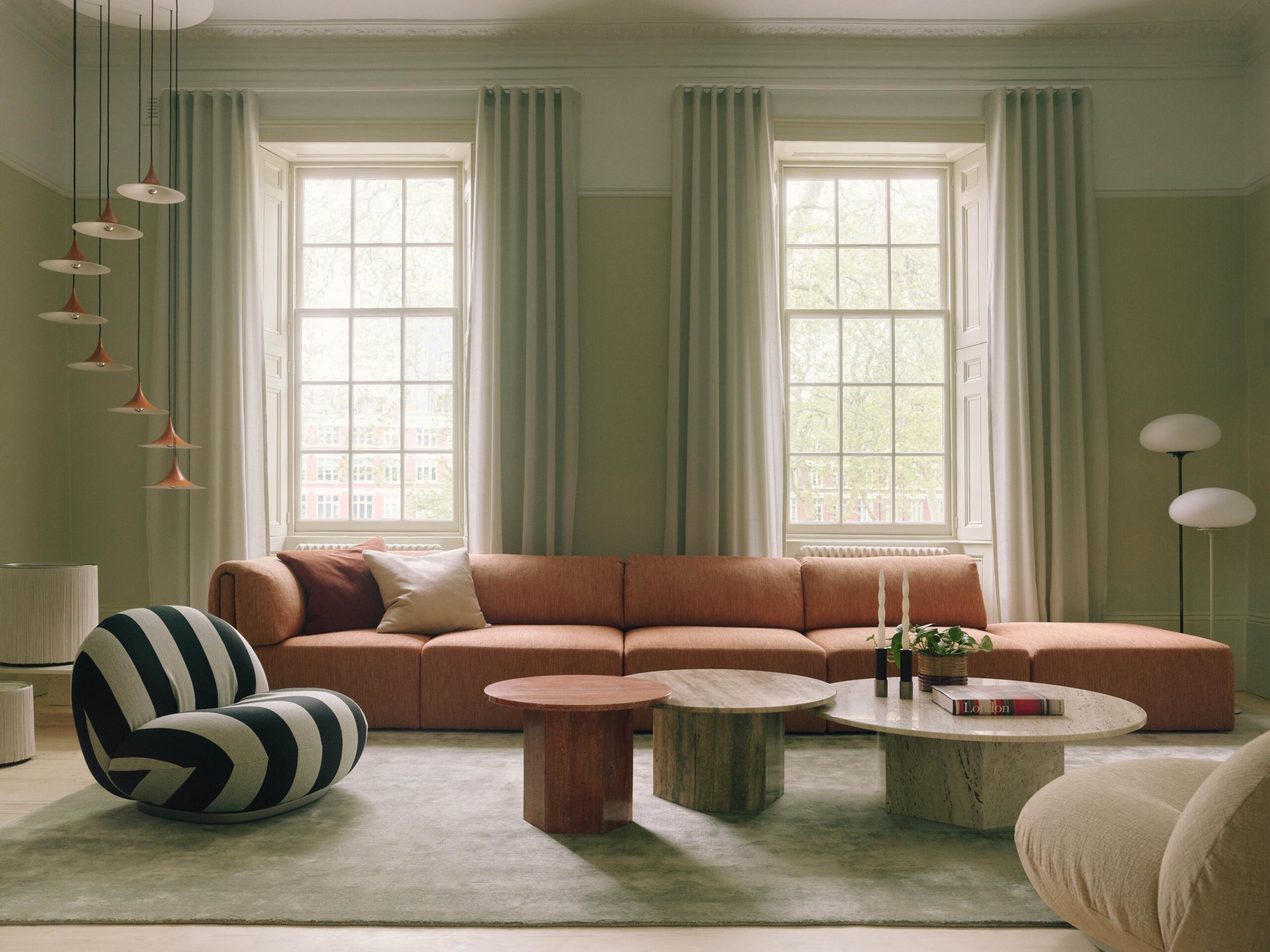
As more people are vaccinated and offices are opening up again, employers face a delicate challenge – not all employees want to return
Recent surveys show that many people have grown uneasy about returning to in-person work and skeptical of the need for traditional workplaces. The implications for leaders trying to manage the tension between employee preferences for remote work and the benefits of the social dynamics provided by the office are significant, but there’s an interesting analog.
Urban designers and planners have faced similar issues for decades. How do you help people feel safe in physical environments such as in a city centre? What makes an urban space inviting as well as relevant? How do you inject vitality into a place so that it draws people in and encourages them to stay? These are some of the questions urban designers and planners have struggled with since the onset of suburbanisation and the decay of the urban core.
Their responses can provide inspiration for corporate real estate leaders and workplace designers facing the post-Covid challenges of empty office space, fewer workers in buildings, and the inevitable impact on business culture. By applying successful urban design principles to buildings and creating spaces where people want to work, we at BHDP believe an approach to the workplace that is experiential as well as spatial can serve as a foundation for recovery from the pandemic.
Here are six urban design and planning principles that have special relevance for workplaces today.
Density vs Overcrowding
An office, like a city, plays a unique role in our lives: our identities are tied to the workplace and our coworkers, just as they are to our communities and neighbours. Both workplaces and urban spaces succeed because of density — their ability to connect people, ideas, and resources to heighten interaction and provide an immersive experience. Denser spaces offer more opportunities for sharing, while less dense places may lack resources, diversity, and vibrancy.
Density should not be confused with overcrowding. Places with higher densities typically operate more efficiently, lowering the cost of connecting goods, people, and ideas, and providing access to public amenities and specialised services more efficiently. Although Covid has given density a bad name, research has shown little relationship between density and infection rates. In fact, urban density is associated with lower death rates, likely due to the healthcare benefits available to those in dense areas. The problem is actually overcrowding — having too many people in any given area.
The same tradeoffs hold for office buildings. Density isn’t necessarily bad in workplaces, even during pandemics. It can be supported with strategies such as shared offices and desks, spaces that are flexible and easily reconfigured, and other options for bringing people together for collaboration without crowding them indoors.
Rethinking Private/Public
Controlling density requires rethinking the emphasis placed on private spaces. Urban planners and designers, grappling with congestion and overcrowding, have turned to ‘we’ spaces instead of ‘me’ spaces as part of the solution. Think of it as bringing people out of their cramped living spaces (private) into open, shared amenity areas such as parks or open-air markets (public).
Smart designers can apply the same trend to workplace design. While there will always be a need for private workspaces when people require privacy or quiet, it’s useful to think of the post-pandemic workplace as providing for a diverse set of activities to collaborate and ‘catch the culture’ – not as a venue for full-time, heads-down work.
This translates into an increased need for face-to-face interaction and exchange of ideas, whether that is in enclosed conference rooms, flexible spaces for ideation and informal knowledge exchange, seating arrangements encouraging social interaction, or other amenity areas such as employee lounges. All of this is in contrast to traditional cubicle farms dedicated to heads-down work.
Mixed Uses Means More Use
Another aspect of addressing density is taking maximum advantage of mixed-use opportunities. Urban design and planning professionals have long recognised the benefits of mixed-use districts that bring residential, commercial, retail, and institutional assets together. People want to work close to where they live and be able to easily access resources like stores, childcare, schools, and other services.
Office spaces can address the same basic human desires by offering amenities such as cafes, fitness areas, or well-being rooms alongside traditional workspaces. Other benefits, such as on-site childcare or health clinics, are loftier goals, but are effective at providing for basic needs that otherwise take workers out of the office.
The goal is to create a space where people can take work above and beyond the typical ‘at work’ behaviours of the past — and to provide benefits employees can’t get while working at home.
The Significance of Stickiness
Getting people to return to the office or a neglected urban space is also about making it an experience. Urban designers and planners use the term ‘stickiness’ to describe spaces that attract people and make them want to stay.
‘Main Street USA’ is a great example of stickiness. Our main streets are places where people want to go, stop, see and be seen and ‘get stuck’. Amenities and activities that enhance stickiness include good outdoor seating, music, art, food, learning activities, and shopping that reflects the local area.
Stickiness can be applied to workplace design by direct application of urban planning principles. Following the language of celebrated American urban planner Kevin Lynch in his revered book Image of the City, we can apply his concepts to create workplace community designs.
Coffee hubs and cafés become ‘nodes’ along ‘pathways’ where interactive display walls create ‘edges’ with comfortable seating and amenities that encourage employees to linger — all of which are integrated into work areas functioning as ‘neighbourhoods’. These can be layered with additional destination points Lynch calls “landmarks” within the workplace.
Creating Place in the Workplace
The underlying goal of all these design strategies is creating a sense of ‘place’, or attachment. Placemaking is more than just an aggregate of decorative elements. Its purpose is to celebrate and reflect the culture of those living or working in a particular location by creating a physical environment that supports and reinforces those values. Urban designers and planners have understood the importance of social and cultural meanings in revitalising cities by promoting connection and belonging.
Office environments in the post-Covid world can benefit from the same principles. Attracting employees back requires focusing on the overall experience created by the physical attributes of the space. And that requires understanding how employees connect to work and the workplace — from the various activities they undertake throughout the day to the culture they are a part of and their evolving needs and aspirations.
Building Neighbourhoods and Communities
How placemaking can work — as well as come up short — within the workplace can be exemplified by the difference between work neighbourhoods and communities. Workplace ‘neighbourhoods’, similar to your home community, create a sense of belonging, especially when these neighbourhoods are more than just a group of cubicles and conference rooms and instead include elements that encourage flexible interaction and collaboration among and across teams.
Integrating clear wayfinding and incorporating urban planning concepts such as landmarks, nodes, and edges provides a framework for neighbourhoods and how people fit in relation to their colleagues and within the office culture generally. Experiential graphic design and branding can even communicate a shared culture just as graffiti or public art in a public setting.
Read more: What are the most prized employee benefits in 2021?
There is a catch to the neighbourhood model in workplace design, however. Physical design elements alone are not enough to support a community. While functional in providing an organisational framework, the neighbourhood model tends to focus on the physical attributes of a space at the expense of people.
Within the workplace, the pandemic has exposed the critical need to not only address the physical setting (the neighbourhood) but even more so the socio-cultural environment (the communities of work) that make up an organisation. Only by addressing both can we create workplace experiences worth returning to and thriving in.
Image by Anna Shvets, Pexels




















